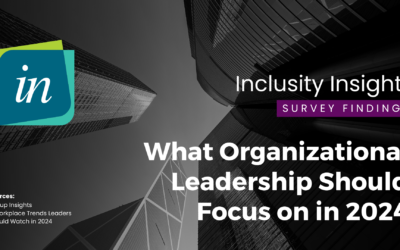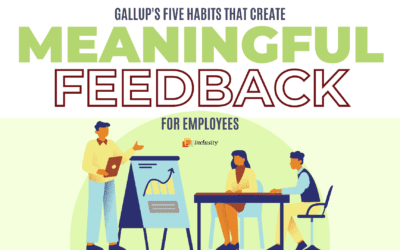The turn of the calendar year often prompts organizations to pause and reflect; it’s an opportunity to assess the previous year and make conscious choices about where to go in the current year. 2023 stood out for concerns about inflation, adjustment to the “new...
Inclusive Leadership
Inclusive Leadership Can Address Dips in Employee Engagement
What Organizational Leadership Should Focus on in 2024
5 Easy Ways to Increase Employee Engagement with Meaningful Conversation
The Importance of Employee Engagement
A Culture of Inclusion Starts at the Top
Age Is More Than a Number: Embracing Generational Diversity
The Enneagram: How this Personality Assessment Can Cultivate Inclusion
White Men as Inclusion, Diversity, & Equity (IDE) Partners
5 Things to Consider When Evaluating A Company’s Culture for IDE
How to Leverage Trust In Leadership to Strengthen Inclusion
5 Easy Ways to Increase Employee Engagement with Meaningful Conversation
Jul 20, 2023 | Inclusive Leadership
Are you Struggling to Keep your Employees engaged? You're not alone. According to a Gallup survey, only 36% of U.S. employees are engaged at work. However, there's a simple solution - meaningful conversation. Engaged employees are more productive, committed to their...
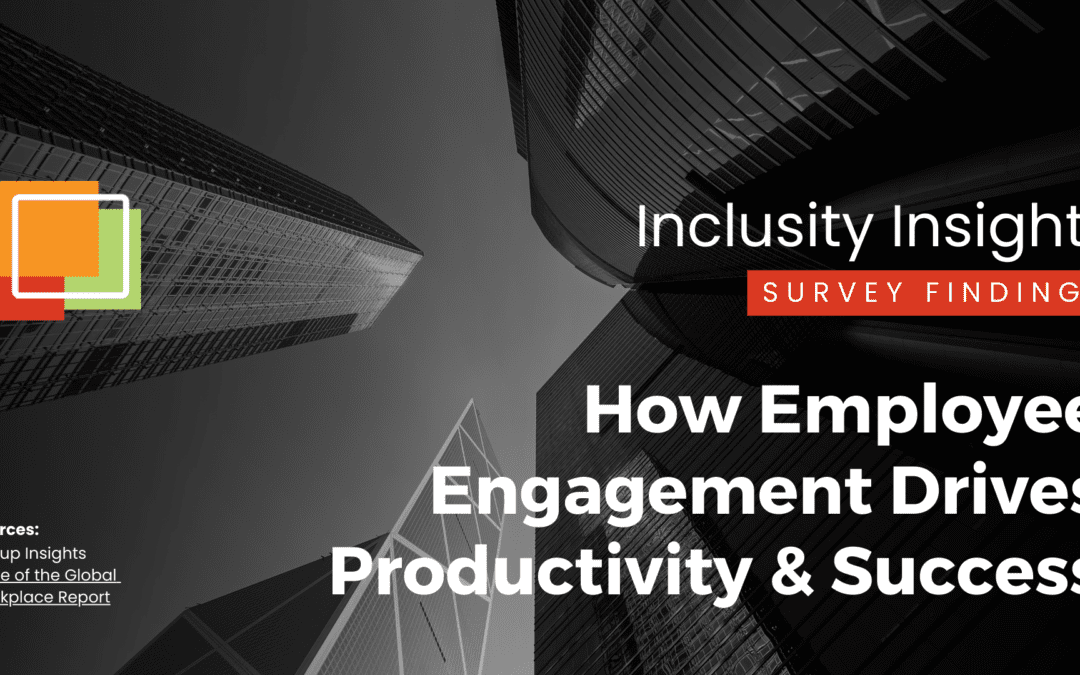
The Importance of Employee Engagement
Jul 18, 2023 | Inclusive Leadership
The importance of inclusive and engaged leadership at the highest levels is very closely tied to the engagement of their employees. Employee engagement refers the level of commitment and enthusiasm that employees have for their work and the company they work for. When...

A Culture of Inclusion Starts at the Top
Dec 14, 2022 | Inclusive Leadership
Building a culture of inclusion begins when leadership is on board. Their commitment is essential to sustaining a positive culture in the long run.Although the responsibility for inclusion sits on the shoulders of the CEO, the only way for any diversity and inclusion...

Age Is More Than a Number: Embracing Generational Diversity
Nov 17, 2022 | Inclusive Leadership
For the first time in history, there are five generations of employees in the workforce. From seasoned Traditionalists with years of experience to Generation Z-ers, workplaces are becoming increasingly varied by age. Because of the spectrum of ages, differences in the...

The Enneagram: How this Personality Assessment Can Cultivate Inclusion
Oct 27, 2022 | Inclusive Leadership
The business case for diversity in the workplace is a strong one. We tend to think of diversity in terms of the primary dimensions of diversity – gender, race, age, and sexual orientation. What about diversity in terms of people’s personalities? Understanding...

White Men as Inclusion, Diversity, & Equity (IDE) Partners
Oct 13, 2022 | Inclusive Leadership
In this blog, we hear from Patrick Hughes, a facilitator with Inclusity. He openly shares his perspective as a white male in the IDE space; he fits into almost every in-norm, dominant social identifier in our society. Patrick addresses the “elephant in the room” right...

5 Things to Consider When Evaluating A Company’s Culture for IDE
Oct 2, 2022 | Diversity and Inclusion, Inclusive Leadership
So, your organization has decided to make inclusion, diversity, and equity (IDE) a priority. We know IDE culture change is a complex process, and every organization’s journey is unique. However, no matter where you are on your roadmap for developing an IDE program, a...

How to Leverage Trust In Leadership to Strengthen Inclusion
Sep 13, 2022 | Inclusive Leadership
Why is Trust in Leadership important? Diversity and inclusion have been more of a focus the last few years, but an organizational commitment to promote a diverse and inclusive culture is predicated by a climate of trust - especially trust in leadership. “For many...

Why Inclusion Comes First: 5 way to Lead with Inclusion
Aug 23, 2022 | Inclusive Leadership
Why Inclusion Comes First The approach to diversity in our workplaces is constantly changing. While there are various acronyms for this work (DEI, EDI, I&D, EDIB), at Inclusity, we think that inclusion matters most. We believe this so strongly that we’re steadily...

Beyond Pride Month: Establishing an LGBTQ+ Inclusive Workplace
Jun 24, 2022 | Inclusive Leadership
Every June, businesses celebrate Pride Month to show their support for the LGBTQ+ community; however, true allyship requires advocacy beyond one month a year. The LGBTQ+ community and its allies need businesses to activate beyond Pride Month and stand behind the...

Rules of Engagement: 5 Ways to Increase Employee Engagment
Jun 8, 2022 | Inclusive Leadership
It's Time to Focus on Employee Engagement The studies are clear. Employee engagement affects business performance, and job satisfaction. But what does engagement mean and how do you drive it in the workplace? Simply put, engagement is the connection employees feel...
Inclusive leadership is a vital component of modern organizations. It involves creating a work environment where everyone feels valued and respected, regardless of their background or individual differences. Our inclusive leadership blog category offers practical insights and guidance on how to cultivate a culture of inclusivity in your workplace. From understanding unconscious bias to promoting diverse perspectives, our articles provide actionable tips and strategies for becoming a more inclusive leader. Whether you’re a seasoned executive or just starting out in your career, our inclusive leadership articles are a valuable resource for anyone looking to build a more equitable and diverse workplace.
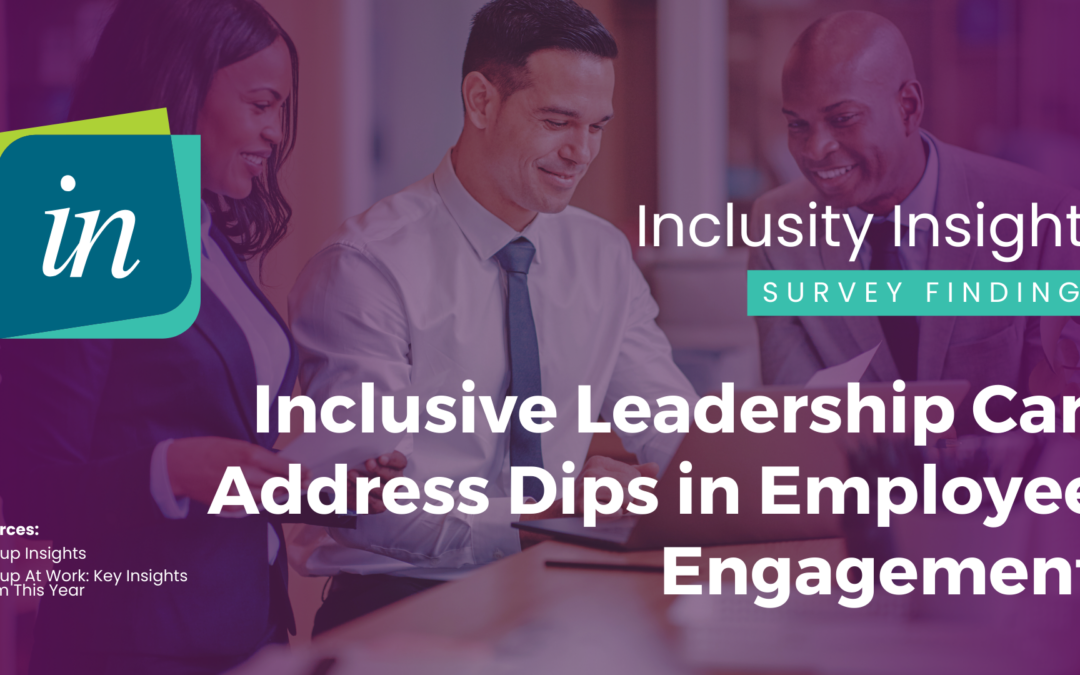
Inclusive Leadership Can Address Dips in Employee Engagement
Inclusive Leadership, Diversity and Inclusion
At Inclusity, we closely follow workplace trends regarding employee engagement. It’s more than just curiosity; it’s part of our mission to help...
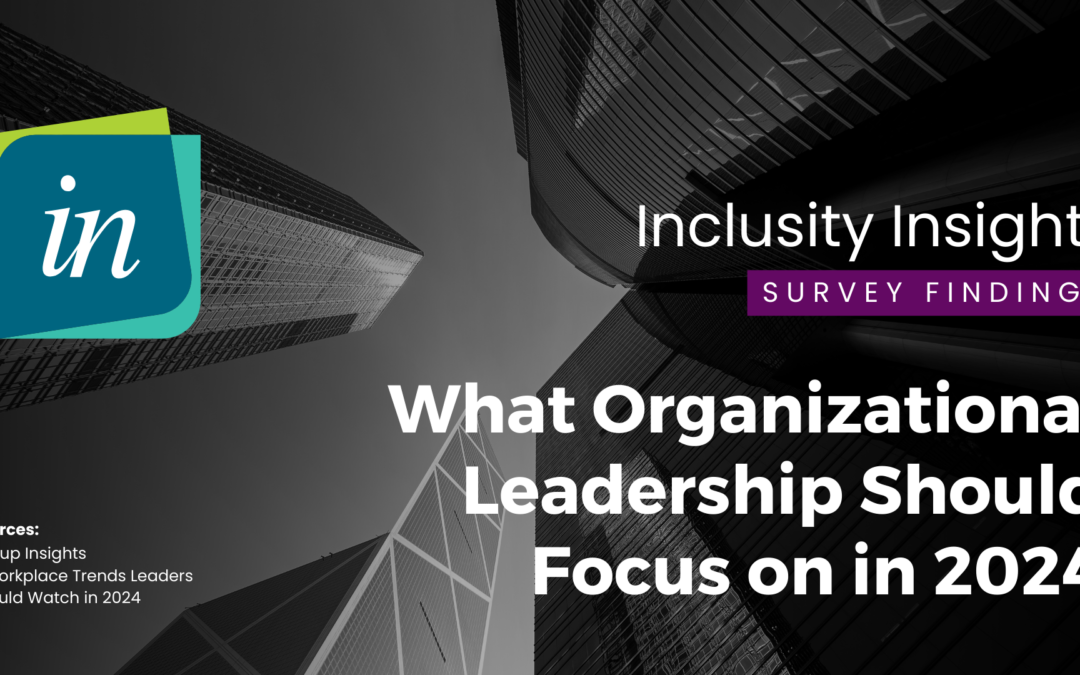
What Organizational Leadership Should Focus on in 2024
Diversity and Inclusion, Inclusive Leadership
The turn of the calendar year often prompts organizations to pause and reflect; it’s an opportunity to assess the previous year and make conscious...
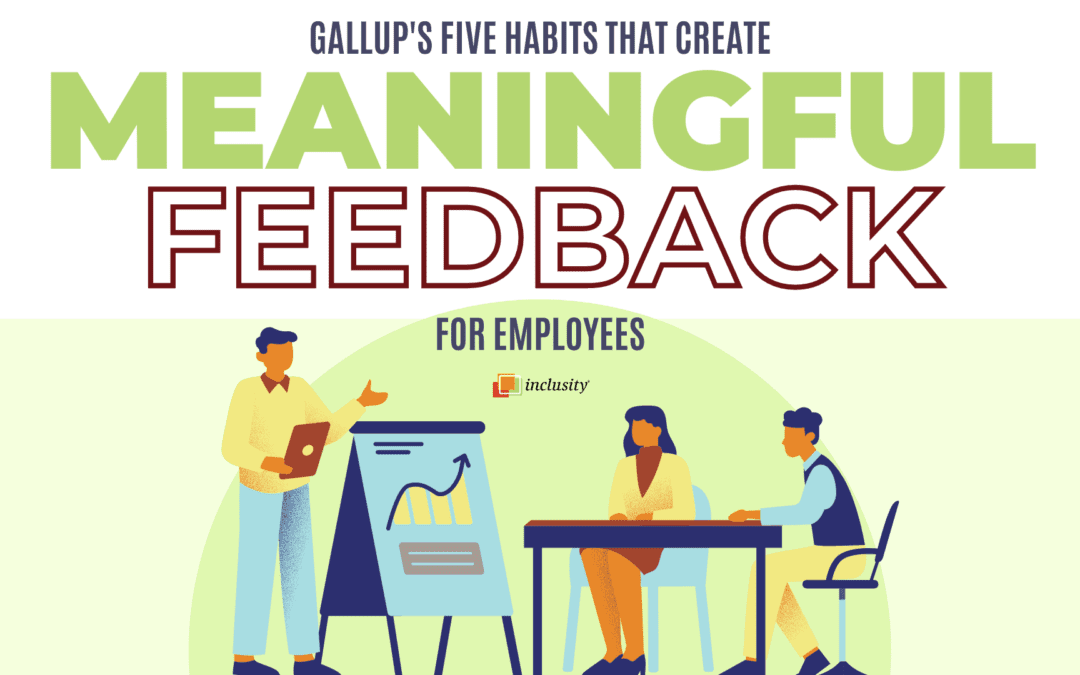
5 Easy Ways to Increase Employee Engagement with Meaningful Conversation
Inclusive Leadership | employee engagement, infographic, tips and tricks
Are you Struggling to Keep your Employees engaged? You're not alone. According to a Gallup survey, only 36% of U.S. employees are engaged at work....

The Importance of Employee Engagement
Inclusive Leadership | employee engagement
The importance of inclusive and engaged leadership at the highest levels is very closely tied to the engagement of their employees. Employee...

A Culture of Inclusion Starts at the Top
Inclusive Leadership | inclusive leadership training, tips and tricks
Building a culture of inclusion begins when leadership is on board. Their commitment is essential to sustaining a positive culture in the long...

Age Is More Than a Number: Embracing Generational Diversity
Inclusive Leadership | generational diversity
For the first time in history, there are five generations of employees in the workforce. From seasoned Traditionalists with years of experience to...

The Enneagram: How this Personality Assessment Can Cultivate Inclusion
Inclusive Leadership | assessments
The business case for diversity in the workplace is a strong one. We tend to think of diversity in terms of the primary dimensions of diversity –...

White Men as Inclusion, Diversity, & Equity (IDE) Partners
Inclusive Leadership | diversity, gender equality, inclusive leadership training, tips and tricks
In this blog, we hear from Patrick Hughes, a facilitator with Inclusity. He openly shares his perspective as a white male in the IDE space; he fits...

5 Things to Consider When Evaluating A Company’s Culture for IDE
Diversity and Inclusion, Inclusive Leadership | assessments, dei training, tips and tricks
So, your organization has decided to make inclusion, diversity, and equity (IDE) a priority. We know IDE culture change is a complex process, and...

How to Leverage Trust In Leadership to Strengthen Inclusion
Inclusive Leadership | employee engagement, tips and tricks, trust based leadership
Why is Trust in Leadership important? Diversity and inclusion have been more of a focus the last few years, but an organizational commitment to...
assessments dei training diversity emotional intelligence employee engagement employee resource groups gender equality gender studies generational diversity inclusion inclusive leadership training infographic intersectionality lgbt management management style Maria White privilege productivity tips and tricks transgender trust based leadership
